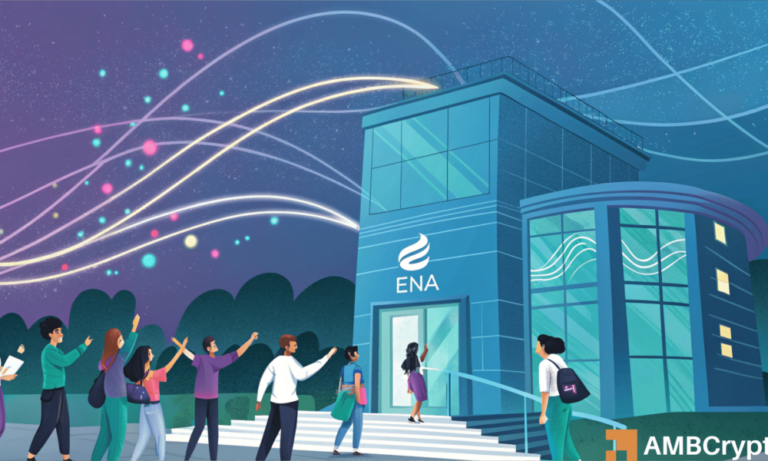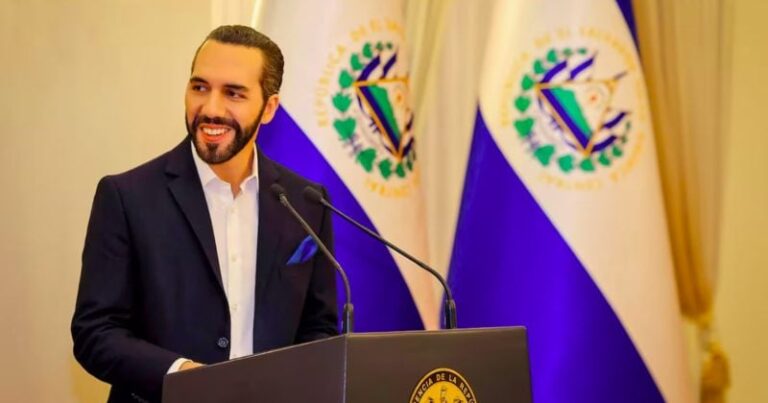Empowering Youth in Colombia: The Controversial Approach of Paying Them to Not Engage in Risky Behavior
About the Program
Growing up in a rough Colombian neighborhood governed by criminals and their mob law, Franklin Mina was destined to become a gangster. Instead, the 27-year-old today studies social work at a technical college and runs a small business in gang violence-plagued Buenaventura, on Colombia’s Pacific coast. Mina is a beneficiary of a new government plan to pay young people aged 14-28 in at-risk areas to stay out of trouble. He receives the equivalent of about $250 per month, with which he bought a computer.
The Controversy
This approach has sparked controversy and debate among policymakers, activists, and the general public. Some argue that paying youth to not engage in risky behavior is simply rewarding them for doing what they should already be doing. Others believe that it is a necessary and effective strategy to empower young people and break the cycle of violence and crime in these communities.
Proponents of the program point to success stories like Franklin Mina’s as evidence of its positive impact. By providing financial incentives for young people to stay out of trouble, the program gives them the opportunity to pursue education, entrepreneurship, and other constructive activities that can lead to a better future.
Effects on Individuals
For young people like Franklin Mina, the program has been life-changing. Instead of succumbing to the lure of gang life, he has been able to focus on his education and career goals. The financial support he receives allows him to invest in his future and build a better life for himself and his community. This initiative empowers youth to make positive choices and break free from the cycle of violence and crime that has plagued their neighborhoods for generations.
Effects on the World
On a larger scale, this program has the potential to create a ripple effect that impacts society as a whole. By investing in the future of at-risk youth, Colombia is investing in the future of the country. Empowering young people to lead productive and fulfilling lives can lead to reduced crime rates, increased economic opportunities, and overall social stability. This innovative approach to addressing systemic issues of violence and poverty could serve as a model for other countries facing similar challenges.
Conclusion
The controversial approach of paying youth in at-risk areas to not engage in risky behavior is a bold and unconventional strategy that has the potential to transform lives and communities. While the program may have its critics, the success stories of individuals like Franklin Mina demonstrate the positive impact it can have on empowering youth and breaking the cycle of violence and crime. By investing in the future of young people, Colombia is investing in a brighter future for all.




